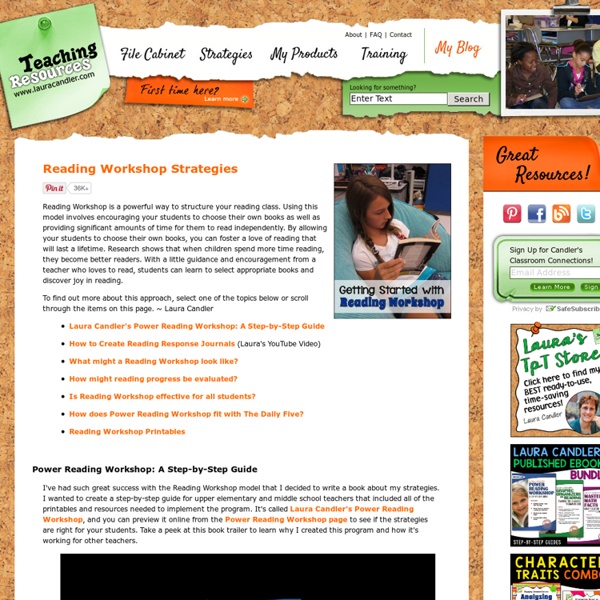Why 2016 is about Work / Life Integration | Collective Hub | Collective Hub
Guest Editor, Life WORDS BY Vanessa Bennett | Guest Blogger ...not Work / Life Balance In today’s society, work/life balance seems to be the Holy Grail that everyone strives for, yet very few achieve. The reality of this widespread struggle begs the question – Is this concept of balance more of a hot trend, rather than an achievable resolution to stress and burnout? These days people tend to glorify being busy so much that even our time for ‘balance’ is so overwhelmed with “relaxation” activities, that we end up exhausted. When we talk about work/life balance we are automatically suggesting that work is in the ‘non-life’ category. Top 6 tips on how to achieve work/life integration this year: Give yourself permission Enhancing your happiness and health starts with giving yourself permission to feel better, be better, and become better. *Take control of your scheduleWe actually have more control over our daily schedules than we like to believe.
Amazon.com: Online Shopping for Electronics, Apparel, Computers, Books, DVDs & more
Questioning Toolkit
Essential Questions These are questions which touch our hearts and souls. They are central to our lives. Most important thought during our lives will center on such essential questions. What does it mean to be a good friend? If we were to draw a cluster diagram of the Questioning Toolkit, Essential Questions would be at the center of all the other types of questions. All the other questions and questioning skills serve the purpose of "casting light upon" or illuminating Essential Questions. Most Essential Questions are interdisciplinary in nature. Essential Questions probe the deepest issues confronting us . . . complex and baffling matters which elude simple answers: Life - Death - Marriage - Identity - Purpose - Betrayal - Honor - Integrity - Courage - Temptation - Faith - Leadership - Addiction - Invention - Inspiration. The greatest novels, the greatest plays, the greatest songs and the greatest paintings all explore Essential Questions in some manner. Why do we have to fight wars?
Books for Classroom Library
AZk12 - Professional Development for Educators
What is the Arizona Technology Integration Matrix? The Technology Integration Matrix (TIM) illustrates how teachers can use technology to enhance learning for K-12 students. The TIM incorporates five interdependent characteristics of meaningful learning environments: active, collaborative, constructive, authentic, and goal directed (Jonassen, Howland, Moore, & Marra, 2003). The TIM associates five levels of technology integration (i.e., entry, adoption, adaptation, infusion, and transformation) with each of the five characteristics of meaningful learning environments. Together, the five levels of technology integration and the five characteristics of meaningful learning environments create a matrix of 25 cells. What is in each cell? Within each cell of the Matrix one will find two lessons plans with a short video of the lesson. Download PDF of the Technology Integration Matrix Print this page Characteristics fo the Learning Environment ← → Levels of Technology Integration Into the Curriculum
Good Books for 4th Grade Read Alouds
Teach Me: Student-Led Instruction Strategies
Teaching tools, tricks, and ideas are an essential component of a teacher’s ‘arsenal’ when it comes to having engaged students and strong teachable moments. The one tool that I rely heavily upon is a concept I termed as ‘Teach Me,’ though you may heard it called by other terms. Simply, the idea behind Teach Me is when the teacher lets the student teach a concept to them. The student goes through the whole concept, or study, giving it to you in extreme detail. Benefits of the "Teach Me" Learning Exercise Lets you see where a child needs reinforcementTeach Me is a way to put the power of learning into the hands of your student/learnerAllows students to be the teacherAllows, and gets students, to recall -- in detail what they have learnedGives them ownership over the learningIncreases a student's verbal communication skillsGives a student multiple ways to remember and retain information that they have learned 4 Specific Goals of Student-led Instruction 1. 2. 3. 4. Give it a try, you’ll see.
amazon
A Place for Learning: The Physical Environment of Classrooms
I was supervising a teacher who was enrolled in our program at the University of Massachusetts Amherst that focused on developing student self-knowledge, ego strength, trust and community in classrooms. We had created a manual with over 50 classroom lessons. She was teaching at a high school in an economically depressed district in northern Appalachia. She called me in a state of frustration. "I've used dozens of the exercises you guys developed, and they're not the least bit interested. Students Take Ownership So I visited the class. I suggested that she ditch the exercises and work with the class to totally change the physical environment. They spent six weeks doing little else. There are at least two lessons from this story. The physical structure of a classroom is a critical variable in affecting student morale and learning. The Custodian’s Favorite Arrangement Here's a related story. A Short Course in Classroom Arrangement More Ideas, More Resources Well-Being and Motivation



